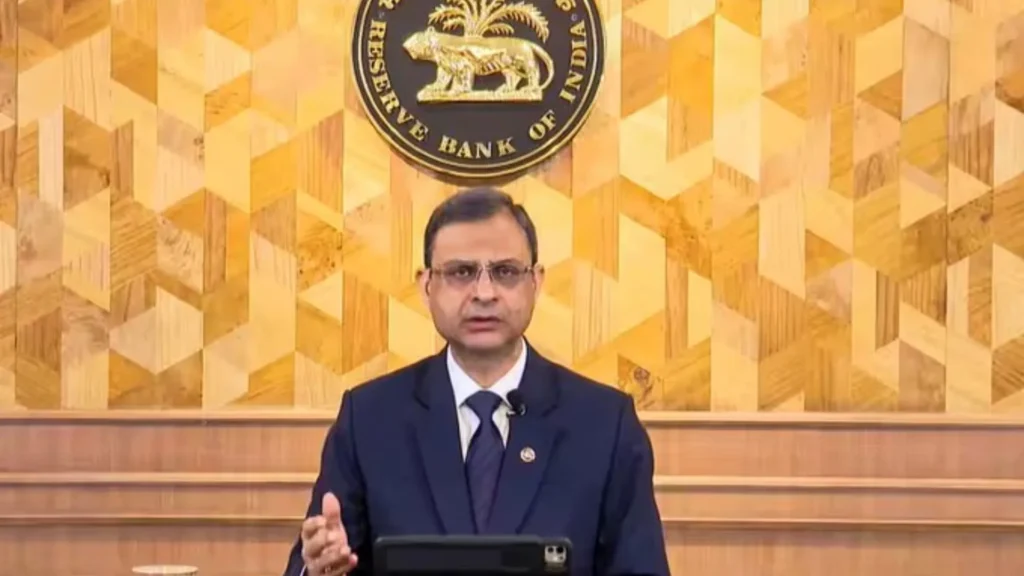MUMBAI: The six-member monetary policy committee (MPC) of the Reserve Bank of India (RBI) on Wednesday unanimously lowered the policy repo rate by 25 basis points to 6 per cent, marking a second consecutive cut. It also changed its policy stance to “accommodative”, signalling the likelihood of further easing in the coming months.
The central bank lowered its gross domestic product (GDP) growth forecast for 2025-26 (FY26) to 6.5 per cent from the 6.7 per cent projected in February. The inflation forecast for the financial year was also revised downwards to 4 per cent from 4.2 per cent earlier.
A “decisive improvement” in the inflation outlook — projected to fall below the RBI’s target of 4 per cent during 2025 — helped the central bank pivot towards supporting growth.
Global uncertainties, particularly those driven by ongoing tariff conflicts, are expected to weigh on domestic growth, said RBI Governor Sanjay Malhotra, although he noted India’s exposure to such risks would be limited.
“According to projections, there is now a greater confidence of a durable alignment of headline inflation with the target of 4 per cent over a 12-month horizon,” he said while announcing the review of the first monetary policy of FY26.
Malhotra further said: “On the other hand, impeded by a challenging global environment, growth is still on a recovery path after an underwhelming performance in the first half of 2024-25. In such challenging global economic conditions, benign inflation outlook and moderate growth demand that the MPC continue to support growth.”
According to Sakshi Gupta, principal economist at HDFC Bank: “If global tensions continue to escalate, we see a further downside risk to these (RBI’s) projections. We expect the GDP growth rate at 6.3 per cent for FY26, assuming that there is some retraction in tariff announcements (by the US) with successful bilateral negotiations.”
Gupta expects two more rate cuts by the central bank in 2025 alone, including one in the next policy review in June.
About transmission of the policy rate cuts, she said: “As liquidity conditions continue to improve – expected to average above neutral in the current quarter – the transmission of rate cuts to money market rates and for deposit rates is likely to increase.”
Nomura said in a report: “We have long held the view that this easing cycle is not shallow and terminal rates would settle around neutral.” It revised its forecast for the terminal repo rate down to 5 per cent from 5.5 per cent.
Commenting on the shift in policy stance, Malhotra clarified that it should not be interpreted as directly tied to liquidity conditions. Nonetheless, he stressed that liquidity management remained a key operational tool for monetary policy transmission. The RBI, he said, remained committed to ensuring adequate system liquidity.
“Today’s change in stance from ‘neutral’ to ‘accommodative’ means that going forward, absent any shocks, the MPC is considering only two options — status quo or a rate cut,” he said.
Malhotra added that while he would like to see the transmission of the rate cut to lending and deposit rates happening swiftly, disrupting the system must also be avoided.
With the repo rate cut, commercial banks are expected to lower retail lending rates, including home loan rates, as they are directly linked to the policy rate. Chennai-based Indian Bank announced a reduction in its repo-linked benchmark lending rate from 9.05 per cent to 8.70 per cent, with effect from April 11. Other lenders are expected to follow suit.
However, deposit rates may take longer to adjust, as banks continue to face challenges in mobilising resources.
“The overall transmission to deposit rates has remained low as savings deposit rates have remained unresponsive to policy rate changes,” said Soumya Kanti Ghosh, group chief economic advisor, State Bank of India. “Following the RBI’s 25-basis-point repo rate cut in February, public-sector banks reduced deposit rates by 6 basis points, and foreign banks by 15 basis points; private banks increased rates by 2 basis points,” Ghosh added.
Unless deposit rates decline, banks’ marginal cost of funds-based lending rates (MCLR) are unlikely to fall, as they remain closely tied to funding costs. Lending to large and mid-sized firms is typically benchmarked to the MCLR.
Source: Business Standard

